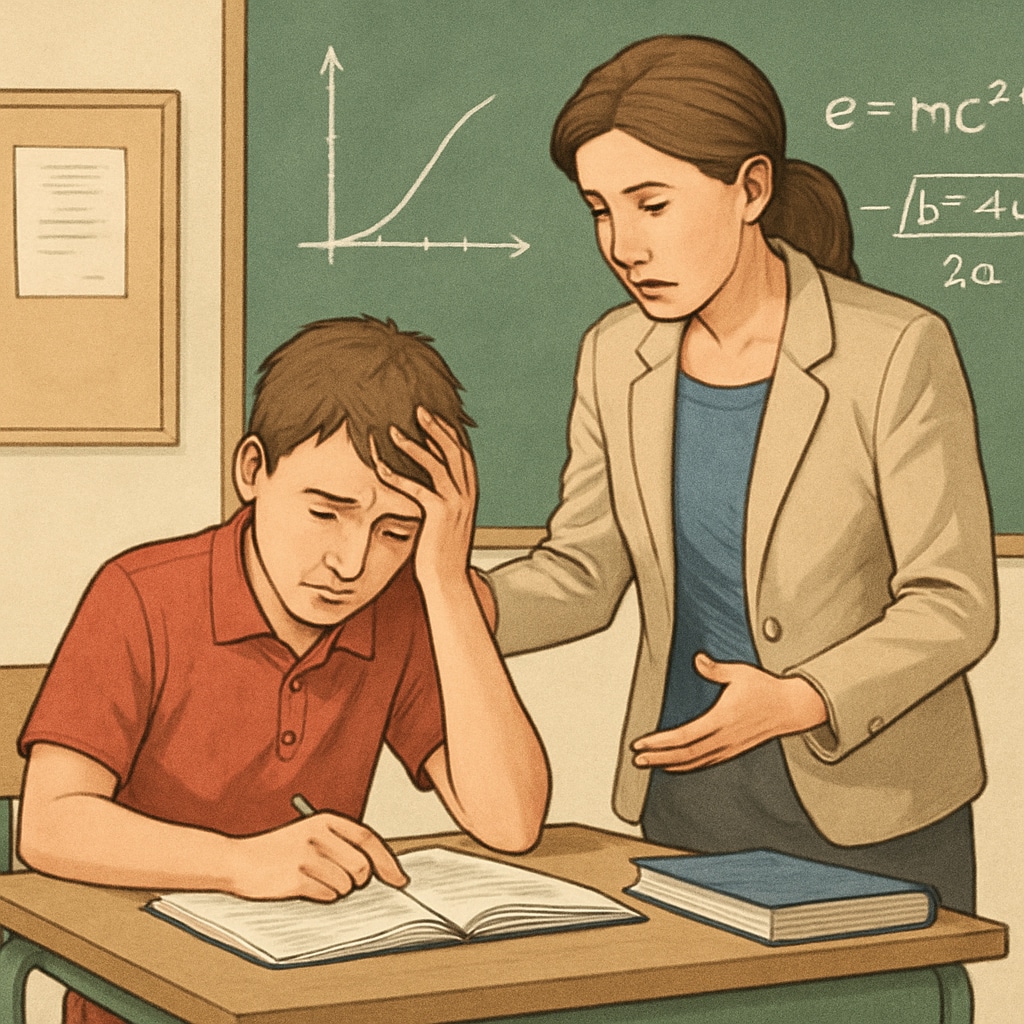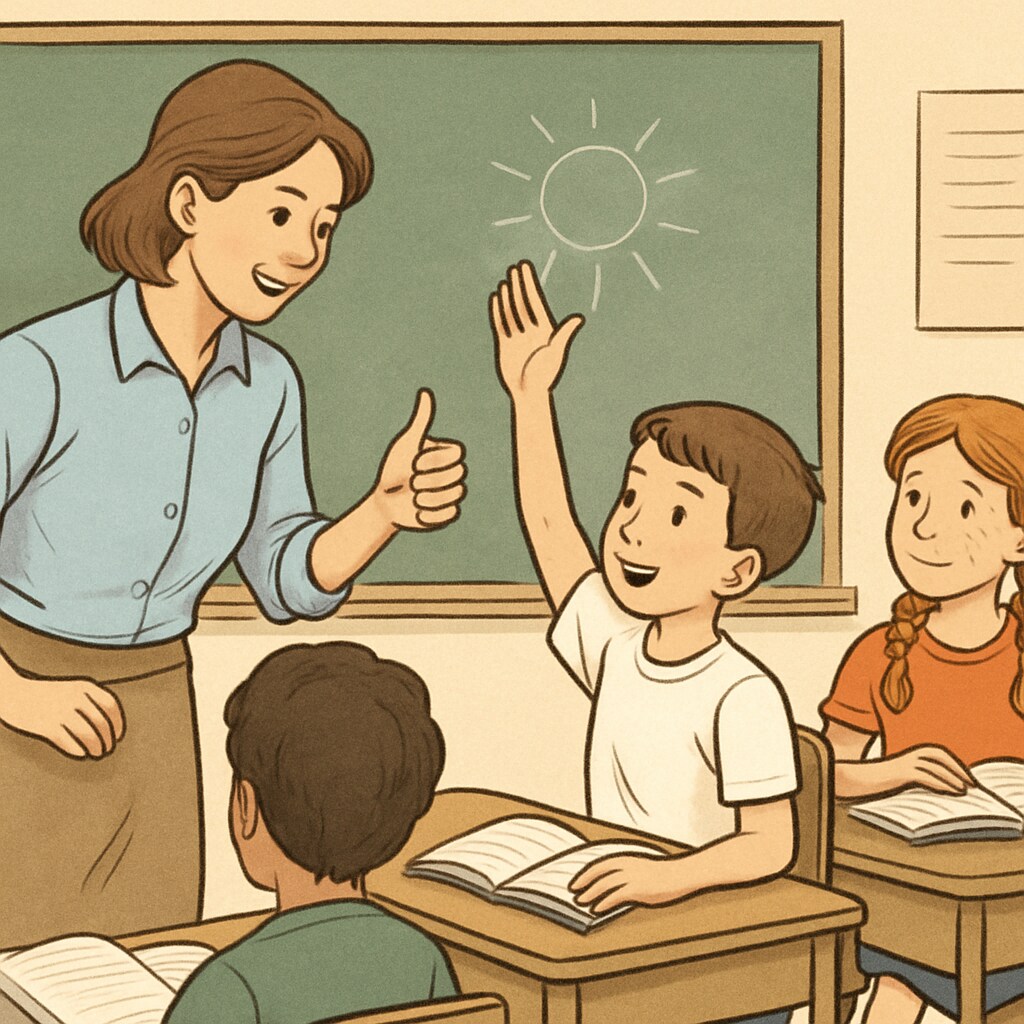In modern education, the debate surrounding “education ethics” often revolves around the balance between rigorous teaching methods and the holistic care of students’ mental and emotional well-being. The movie Whiplash, directed by Damien Chazelle, provides a striking depiction of this dilemma. Through the lens of a relentless music teacher and his ambitious student, it highlights the fine line between pushing students to their limits and risking harm to their personal growth. This raises profound questions for educators: Where should we draw the line between encouraging excellence and safeguarding the hearts and minds of learners?

When Rigor Turns into Harm: The Challenge of Pushing Limits
Rigorous teaching methods, defined as approaches that demand high levels of effort and discipline, have often been celebrated for their ability to cultivate excellence and resilience. However, as Whiplash demonstrates, these methods can sometimes morph into harmful practices when taken to extremes. The teacher’s unrelenting pursuit of perfection led to verbal abuse and excessive pressure, causing significant emotional distress to the student.
Such instances are not confined to fictional narratives. In the real world, overemphasis on strict discipline and performance can lead to burnout, anxiety, and even long-term aversion to learning. According to a Britannica article on burnout, the phenomenon is increasingly common among students subjected to rigorous academic environments. This underscores the importance of ethical considerations in designing teaching practices that push limits without crossing into harmful territory.
The Role of Care: Protecting Mental and Emotional Health
While rigor plays a role in achieving excellence, care is equally vital in education. Care in teaching encompasses understanding students’ individual needs, supporting their emotional health, and creating a safe and nurturing learning environment. Educators who prioritize care foster trust and motivation, which are essential for long-term success.
For example, research highlighted by the concept of positive reinforcement on Wikipedia shows that encouragement and constructive feedback often yield better outcomes than punitive measures. Students are more likely to thrive when they feel valued and supported, rather than fear failure. Thus, striking a balance between high expectations and compassionate guidance is crucial for ethical teaching.

Finding the Ethical Balance in Education
To address the ethical dilemma between rigorous methods and care, educators must adopt a balanced approach. Here are some practical strategies:
- Set realistic expectations: Push students toward excellence without creating undue stress or unrealistic demands.
- Use constructive feedback: Frame criticism in a way that motivates improvement rather than instilling fear or doubt.
- Monitor well-being: Regularly check on students’ mental and emotional health, ensuring they are not overwhelmed.
- Encourage self-expression: Foster an environment where students feel comfortable discussing their challenges and needs.
- Incorporate flexibility: Adapt teaching methods to suit individual learners rather than enforcing a one-size-fits-all approach.
By implementing these strategies, educators can create a framework that respects the individual while maintaining high standards. The ultimate goal should be to inspire students to reach their potential without compromising their well-being.
Conclusion: Rigor and Care as Complementary Forces
The ethical challenge of balancing rigorous methods and care in education is a dynamic, ongoing process. The lessons from Whiplash remind us that while pushing limits can lead to extraordinary results, excessive pressure can have damaging consequences. Educators must cultivate both rigor and empathy, ensuring that their methods empower students to achieve excellence while protecting their hearts and minds. By doing so, we can create a generation of learners who are not only skilled but also resilient, confident, and emotionally healthy.


